Cleveland Clinic study finds regimen helps improve outcomes
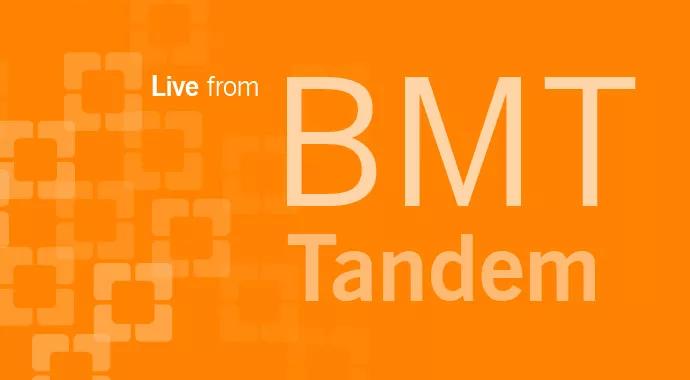
Cleveland Clinic researchers report favorable results after a recent analysis of the institution’s use of bortezomib-based induction therapy prior to autologous stem cell transplant in patients with primary amyloidosis. The researchers found that the approach is well-tolerated and can help improve patient outcomes.
Advertisement
Cleveland Clinic is a non-profit academic medical center. Advertising on our site helps support our mission. We do not endorse non-Cleveland Clinic products or services. Policy
The researchers presented their findings at the 2015 BMT Tandem Meetings in San Diego. The presentation, “Bortezomib-based induction therapy prior to high-dose melphalan and autologous stem cell transplant (ASCT) in AL amyloidosis: A single institution study,” provides an overview of the methodology and outcomes of a retrospective study conducted at Cleveland Clinic. Hien Liu, MD, Director of Therapeutic Apheresis at Cleveland Clinic and a staff physician with the Blood & Marrow Transplant Program, served as the study’s principal investigator.
High-dose melphalan followed by autologous hematopoietic stem cell transplant can improve long-term outcomes of patients with primary (AL) amyloidosis. Historically, it has been associated with high rates of transplant-related mortality (TRM). However, improvement in patient selection has resulted in decreased TRM and improved outcomes.
At Cleveland Clinic, patients uniformly receive bortezomib-based induction therapy prior to transplant to obtain the best response. Researchers there performed a retrospective analysis to evaluate how well patients with amyloidosis can tolerate bortezomib-based induction therapy prior to high-dose melphalan and ASCT and their resultant outcomes.
“High-dose melphalan followed by autologous hematopoietic cell transplantation is standard therapy for patients with primary amyloidosis,” says study co-author Navneet Majhail, MD, Director of Cleveland Clinic’s Blood & Marrow Transplant Program. “Typically, patients who are determined to be suitable and good candidates for this therapy go straight ahead to transplant. In our protocol, we hypothesized that the use of bortezomib-based induction therapy prior to transplant in patients with amyloidosis would decrease the disease burden, and as a result improve post-transplant outcomes for patients with primary amyloidosis.”
Advertisement
The study showed that Cleveland Clinic’s approach of using bortezomib-based induction therapy prior to autologous transplantation is well tolerated and can be performed with a low complication rate. Nearly two-thirds (58 percent) of study participants were able to achieve a complete or partial remission prior to transplant.
“Early post-transplant mortality is a major issue for patients with amyloidosis, as they frequently have involvement of organs such as the heart and kidneys,” Dr. Majhail says. “In our experience, the 100-day survival rate was 100 percent, which is remarkable for this population of patients. The five-year survival rate in our series was 77 percent, which compares very favorably with the available literature on transplantation outcomes for this disease.”
Although the study results are promising, Dr. Majhail says additional research is needed. “Treatment for patients with a rare disease such as amyloidosis is best done in clinical trials,” he says. “We will continue to use that approach to obtain more experience in determining the best treatments for this disease.”
Advertisement
Advertisement

Global R&D efforts expanding first-line and relapse therapy options for patients

A case study on the value of access to novel therapies through clinical trials

Multiple Cleveland Clinic sites to participate in National Cancer Institute trial comparing treatment regimens for newly diagnosed patients
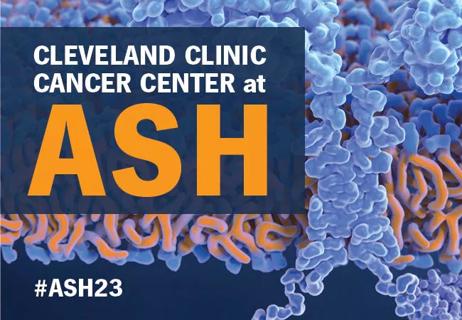
Cleveland Clinic oncologists’ selected abstracts
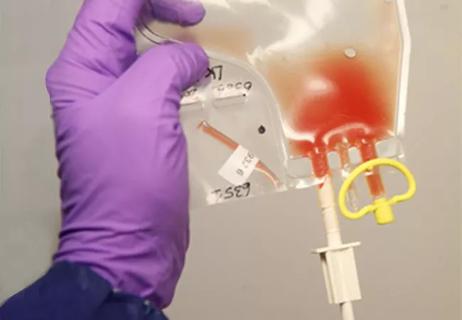
On-demand stem cell mobilizer is an effective salvage strategy
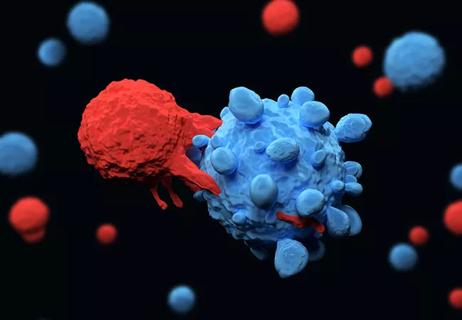
Dispelling myths and sharing practical experiences
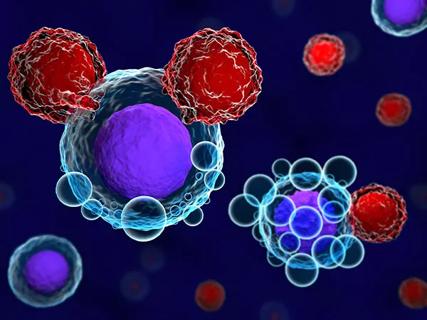
Research indicates strong rationale for expanding trial eligibility criteria
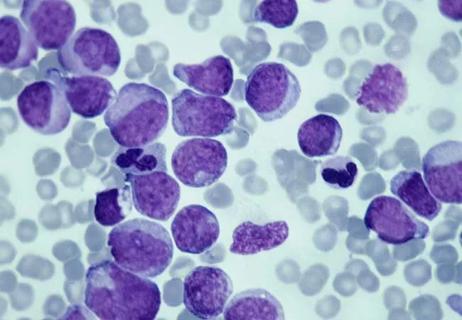
Retrospective study yields clues to understanding risk of secondary myeloid neoplasms